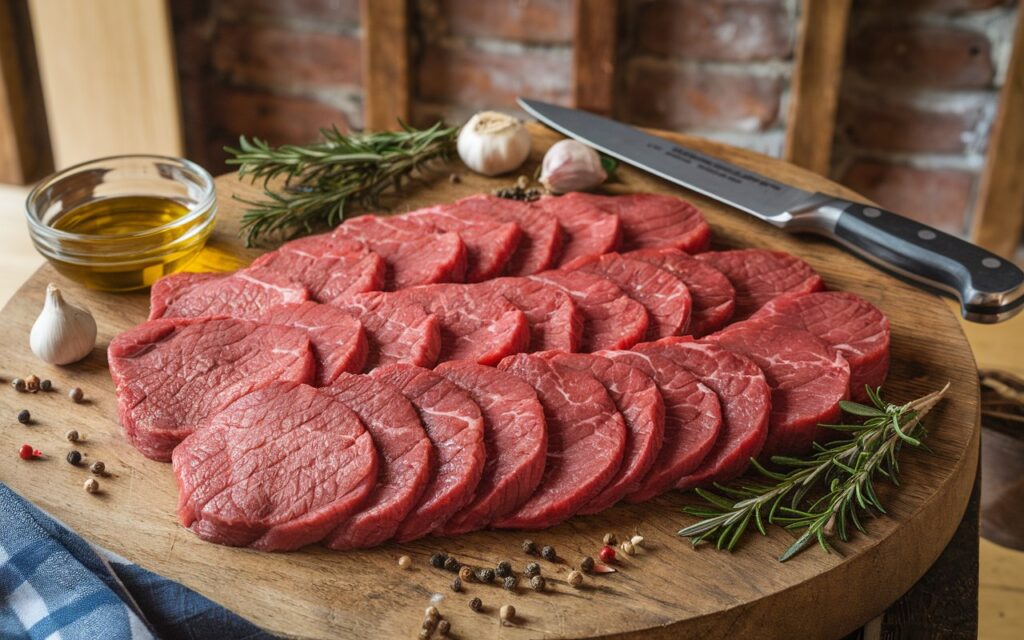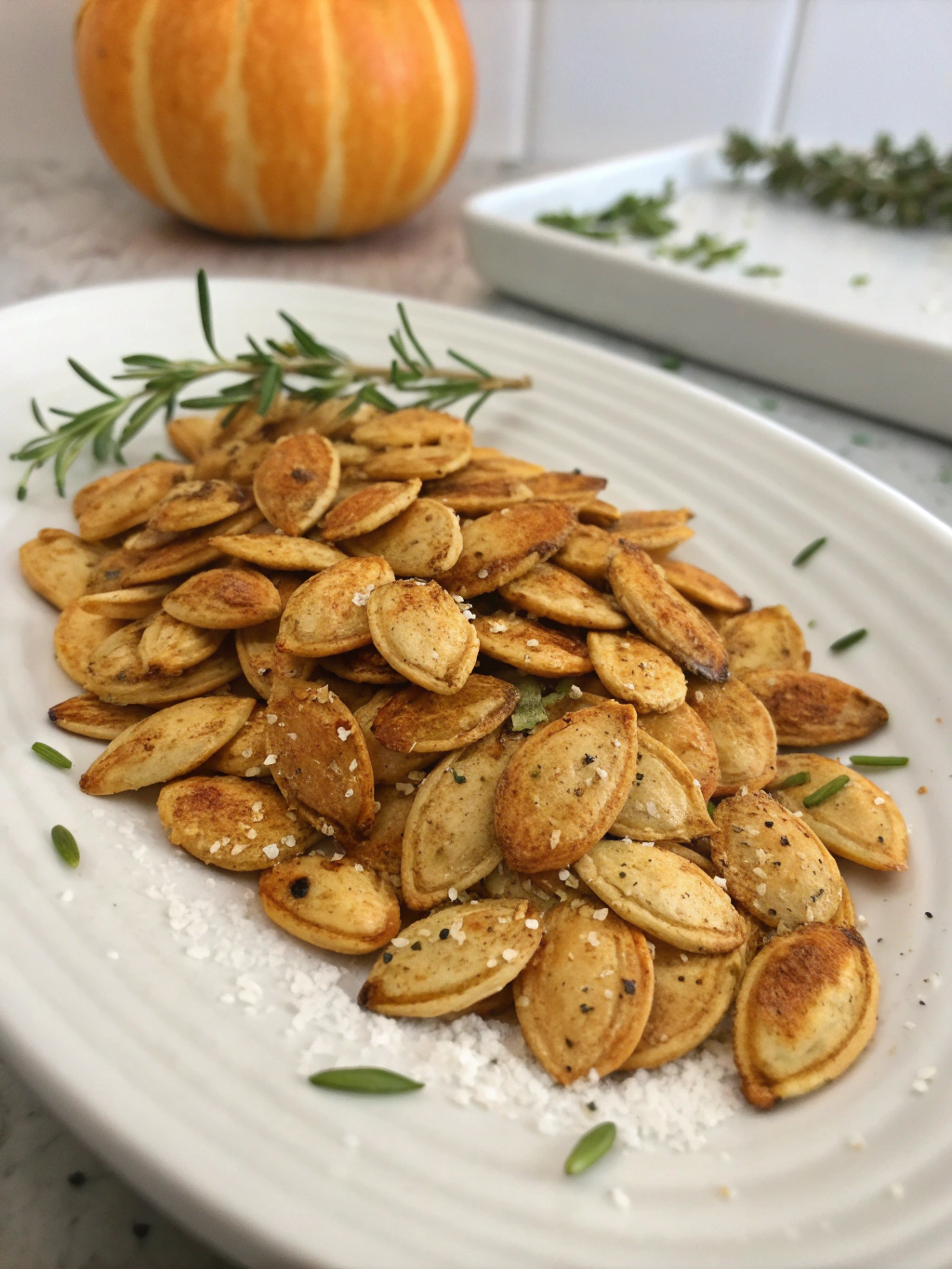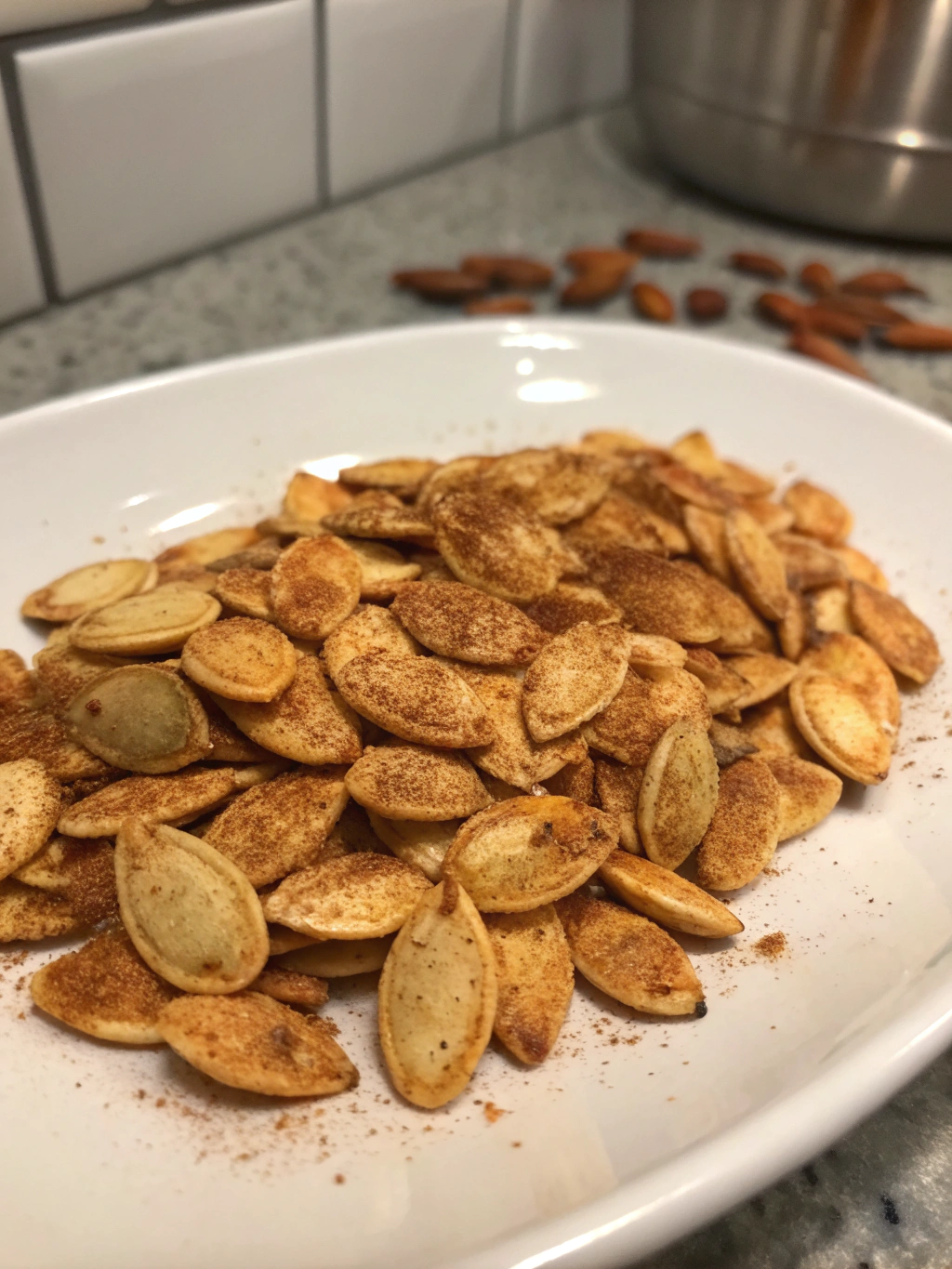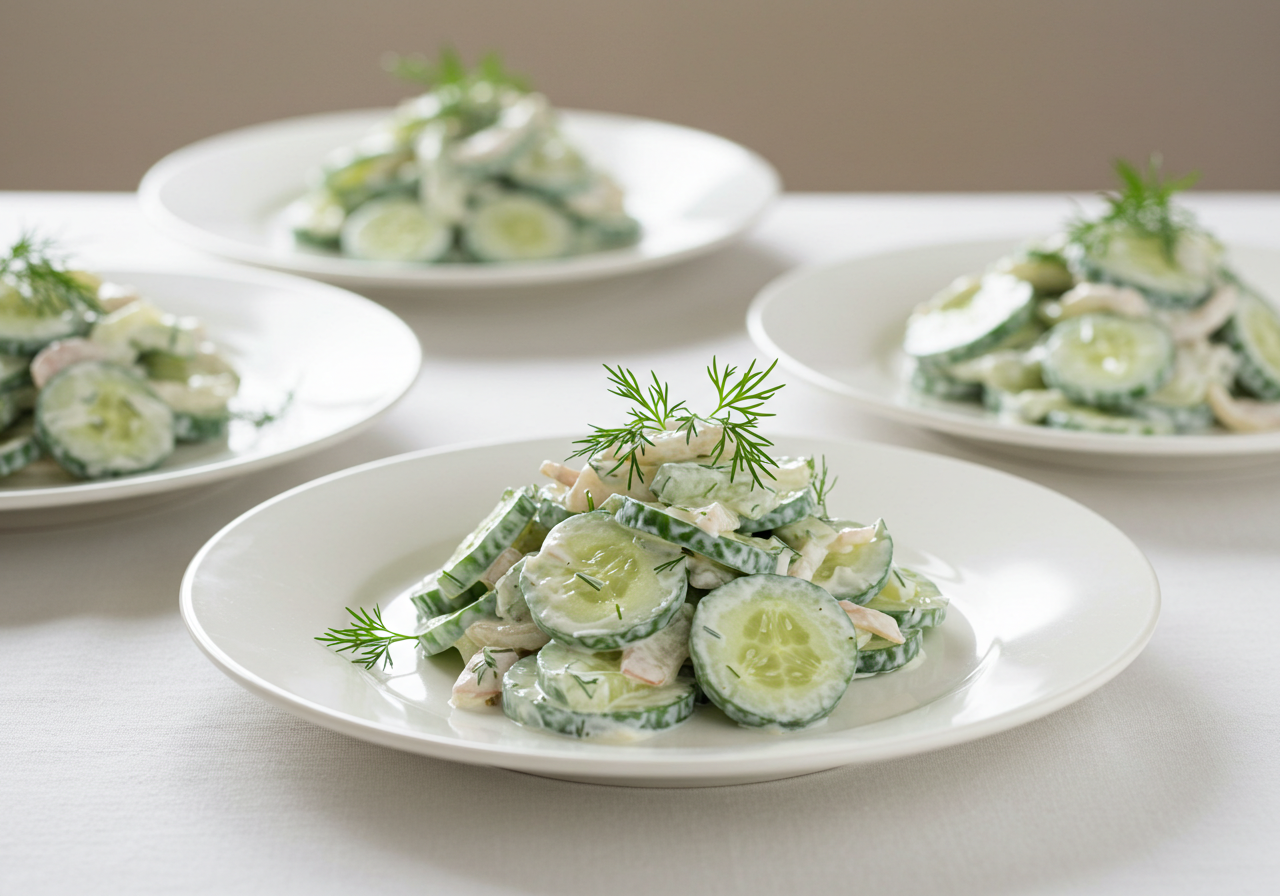Beef medallions are small, round cuts of beef, typically taken from the tenderloin or other tender and premium parts of the cow. These medallions are known for their compact size, tender texture, and rich flavor, making them a favorite in both home kitchens and fine dining establishments. The name “medallion” refers to their coin-like shape, which is ideal for elegant presentation.
Definition and Origins of Beef Medallions
Beef medallions have roots in classical French cuisine, where smaller, meticulously trimmed portions of meat are often used to emphasize quality over quantity. The tenderloin, from which these cuts are frequently derived, is celebrated for its tenderness due to its low-fat content and lack of connective tissue. Historically, these cuts became synonymous with gourmet cooking, appearing in dishes such as “Filet Mignon” or served with rich sauces like Bordelaise or Béarnaise.
Characteristics of Beef Medallions
- Size and Shape:
Beef medallions are typically cut into small, uniform rounds, about 2-3 inches in diameter and 1-1.5 inches thick. This size makes them perfect for controlled portions and quick cooking. - Texture:
The hallmark of beef medallions is their tenderness, especially when sourced from the tenderloin. Their texture is buttery and smooth, making them a luxurious choice for those seeking melt-in-your-mouth meat. - Flavor:
While tenderloin cuts are not as fatty as other parts of the cow, they offer a subtle, clean beef flavor. This makes them an excellent base for bold marinades, seasonings, or complementary sauces.
Why They Are a Popular Choice for Gourmet Meals
- Elegant Presentation:
The uniformity and shape of beef medallions allow chefs to create visually stunning plates. Their smaller size is also well-suited for pairing with artistic garnishes and intricate side dishes. - Ease of Cooking:
Medallions cook quickly and evenly, making them a convenient choice for professional chefs and home cooks alike. Their tenderness eliminates the need for prolonged cooking or complex preparation methods. - Versatility:
Whether pan-seared, grilled, or roasted, beef medallions can be adapted to various culinary styles and recipes. They pair beautifully with sauces, glazes, and sides, offering a wide range of options for creativity in the kitchen. - Premium Appeal:
As a high-quality cut, beef medallions are associated with luxury and indulgence. They are often chosen for special occasions, romantic dinners, or fine dining experiences.
In summary, beef medallions are a delightful combination of elegance, flavor, and versatility. Their characteristics make them a staple in gourmet cuisine and an excellent choice for creating memorable meals.
Cuts of Beef Used for Medallions
Beef medallions are small, precisely portioned cuts of meat known for their tenderness and elegance. While the tenderloin is the most common choice, alternative cuts like sirloin, ribeye, or fillet can also be used to achieve similar results. The choice of cut influences the texture, flavor, and overall dining experience of the medallions.
Tenderloin as the Primary Cut
The tenderloin is the most sought-after cut for beef medallions.
- Characteristics:
- It is located along the spine and is a non-weight-bearing muscle, making it exceptionally tender.
- Known for its fine-grained texture and mild flavor.
- Advantages:
- Medallions from the tenderloin are nearly free of connective tissue and fat, making them the most tender option.
- Perfect for dishes where tenderness and subtle flavor are the focus, such as “Filet Mignon.”
- Best Preparation Methods:
- Pan-searing, grilling, or roasting to medium-rare to preserve juiciness and flavor.
Alternative Cuts for Beef Medallions
Sirloin:
- Texture and Flavor:
Sirloin medallions offer a balance between tenderness and beefy flavor. They are less tender than tenderloin but have a richer taste due to slightly higher fat content. - Uses:
Ideal for recipes requiring marination or seasoning, such as grilled medallions with bold spice rubs. - Affordability:
Sirloin medallions are more economical than tenderloin, making them a popular choice for everyday meals.
Ribeye:
- Texture and Flavor:
Ribeye medallions are highly flavorful due to their marbled fat, which renders during cooking to create a juicy, robust taste. However, they are less tender than tenderloin or sirloin. - Uses:
Best suited for grilling or pan-searing when a rich, indulgent flavor is desired. - Distinction:
The added fat makes ribeye medallions a heartier, less refined option compared to tenderloin.
Fillet (from other cuts):
- Texture and Flavor:
Fillet medallions from other parts of the cow (e.g., rump or shoulder) offer moderate tenderness and an affordable option. - Uses:
Often used in braised or slow-cooked dishes to tenderize the meat further.
Comparison of Tenderness and Flavor Between Cuts
| Cut | Tenderness | Flavor Profile | Ideal Preparation |
|---|---|---|---|
| Tenderloin | Extremely tender | Mild, clean flavor | Pan-seared, grilled, roasted |
| Sirloin | Moderately tender | Rich, beefy taste | Marinated, grilled, pan-seared |
| Ribeye | Less tender (marbled) | Robust, juicy, and fatty flavor | Grilled, seared |
| Other Fillets | Varies | Moderate flavor, less delicate | Braising, slow-cooking |
Final Thoughts
The choice of beef cut for medallions depends on the desired balance of tenderness, flavor, and budget. For the ultimate gourmet experience, tenderloin remains the gold standard. However, sirloin and ribeye medallions are excellent alternatives for those seeking bold flavors or cost-effective options. Each cut offers unique characteristics that can elevate any dish when prepared thoughtfully.
Nutritional Value of Beef Medallions
Beef medallions are not only a gourmet delicacy but also a nutrient-dense food that provides essential nutrients for a balanced diet. Lean and high in protein, they are a valuable addition to meals when consumed in appropriate portions. Below, we explore the key nutrients, health benefits, and considerations for portion control.
Key Nutrients in Beef Medallions
- Protein:
- Beef medallions are a rich source of high-quality protein, essential for muscle growth, repair, and overall body function.
- A standard 3-ounce (85-gram) serving of beef medallions provides approximately 23-26 grams of protein.
- Iron:
- Iron from beef medallions is in the heme form, which is more easily absorbed by the body than non-heme iron found in plant-based foods.
- Iron is vital for transporting oxygen in the blood and supporting energy levels.
- Vitamins:
- Vitamin B12: Crucial for red blood cell formation, nerve health, and DNA synthesis.
- B Vitamins (B6, niacin, riboflavin): Aid in energy production and support brain function.
- Zinc: Supports the immune system and aids in wound healing.
- Low Fat Content (if from tenderloin):
- Tenderloin medallions, the most common cut for medallions, are naturally low in fat, particularly saturated fat, making them a lean choice.
Health Benefits of Consuming Lean Beef Cuts
- Muscle Health:
The high protein content helps maintain and build muscle mass, particularly beneficial for active individuals and older adults at risk of muscle loss. - Improved Energy Levels:
The iron and B vitamins in beef medallions enhance oxygen transport and energy production, reducing fatigue and supporting overall vitality. - Heart Health:
When consumed in moderation, lean beef cuts like medallions provide essential nutrients without excessive saturated fat, aligning with heart-healthy dietary recommendations. - Immune System Support:
Zinc and other micronutrients in beef strengthen the immune system, helping the body fight infections and recover from illnesses.
Caloric Content and Portion Control
- Caloric Content:
- A 3-ounce (85-gram) serving of lean beef medallions typically contains around 150-200 calories, depending on the cut and cooking method.
- Grilling or broiling without added fats keeps the calorie count lower.
- Portion Control:
- A recommended serving size is about 3-4 ounces, roughly the size of the palm of your hand.
- Opting for smaller portions of beef medallions allows for a balanced plate, leaving room for nutrient-rich sides like vegetables and whole grains.
- Mindful Preparation:
- Avoid high-calorie accompaniments like heavy creams or butter-based sauces to maintain the dish’s nutritional value.
- Use healthy cooking techniques, such as grilling, broiling, or baking, to retain nutrients and minimize added fats.
Final Thoughts
Beef medallions offer a powerhouse of nutrients, including protein, iron, and essential vitamins, while remaining a lean and calorie-conscious choice. When paired with a balanced diet, these nutrient-rich cuts can contribute to overall health, supporting energy levels, muscle maintenance, and immune function. By focusing on portion control and mindful preparation, beef medallions can be enjoyed as part of a healthy and satisfying meal.
Cooking Methods for Beef Medallions
Beef medallions are versatile and can be prepared using various methods to enhance their natural tenderness and flavor. The following techniques—pan-searing, grilling, and oven-roasting—are some of the most popular ways to cook these cuts to perfection.

Pan-Searing: A Step-by-Step Guide
Pan-searing is one of the quickest and most effective ways to prepare beef medallions, giving them a golden-brown crust while keeping the inside tender and juicy.
- Ingredients Needed:
- Beef medallions (room temperature)
- Salt and pepper (or desired seasoning)
- 1-2 tablespoons of high-smoke-point oil (e.g., avocado oil, canola oil)
- Optional: Butter, garlic, and fresh herbs (e.g., rosemary, thyme) for basting
- Steps to Pan-Sear Beef Medallions:
- Step 1: Pat the beef medallions dry with a paper towel to ensure a good sear. Season generously with salt and pepper on both sides.
- Step 2: Heat a heavy-bottomed skillet or cast-iron pan over medium-high heat until it is very hot. Add the oil and let it heat until shimmering.
- Step 3: Place the medallions in the pan without crowding them. Sear for 2-3 minutes on each side to form a golden crust.
- Step 4: Lower the heat slightly, add a knob of butter, crushed garlic, and fresh herbs. Tilt the pan and spoon the melted butter over the medallions (basting) for added flavor.
- Step 5: Remove from heat when the internal temperature reaches your desired doneness (e.g., 130°F/54°C for medium-rare). Rest for 5 minutes before serving.
Grilling: Techniques for Juicy and Flavorful Results
Grilling beef medallions enhances their flavor with a smoky, charred crust. This method works well for outdoor or indoor grilling.
- Ingredients Needed:
- Beef medallions
- Marinade or dry rub (optional)
- Oil for brushing
- Steps to Grill Beef Medallions:
- Step 1: Preheat the grill to medium-high heat (around 400°F/200°C). Clean and oil the grates to prevent sticking.
- Step 2: Season the medallions with salt, pepper, or your choice of marinade or dry rub.
- Step 3: Lightly brush the medallions with oil to promote even cooking and prevent sticking.
- Step 4: Place the medallions on the grill and cook for 3-4 minutes per side, flipping only once to retain juices. For cross-hatch grill marks, rotate the medallions 45 degrees halfway through each side.
- Step 5: Use a meat thermometer to check the internal temperature. For medium-rare, aim for 130°F/54°C. Let the medallions rest for 5 minutes after removing them from the grill.
Oven-Roasting: Achieving a Tender Finish
Oven-roasting is an excellent method for cooking beef medallions evenly, especially when preparing larger quantities or thicker cuts.
- Ingredients Needed:
- Beef medallions
- Salt and pepper
- High-smoke-point oil
- Optional: Garlic, herbs, or a glaze for added flavor
- Steps to Oven-Roast Beef Medallions:
- Step 1: Preheat the oven to 400°F (200°C).
- Step 2: Heat a skillet over medium-high heat and sear the medallions for 2 minutes per side to create a crust.
- Step 3: Transfer the skillet with the seared medallions to the preheated oven (or place the medallions on a roasting pan).
- Step 4: Roast the medallions for 6-10 minutes, depending on thickness and desired doneness. Use a meat thermometer to check the temperature (130°F/54°C for medium-rare).
- Step 5: Remove the medallions from the oven and cover loosely with foil. Rest for 5-10 minutes before serving to allow juices to redistribute.
Tips for All Cooking Methods:
- Always start with medallions at room temperature for even cooking.
- Use a meat thermometer to ensure precise doneness.
- Rest the meat after cooking to keep it juicy and tender.
Each of these methods offers a unique way to enjoy beef medallions. Pan-searing is ideal for quick meals, grilling adds smoky depth, and oven-roasting ensures consistent results for larger gatherings. Select the method that suits your occasion and taste preferences for a delightful dining experience.
To enhance your culinary exploration, consider pairing your knowledge of beef medallions with recipes like this Ground Beef Breakfast Recipe for a protein-packed start to your day. You can also find creative uses for medallions in dishes similar to Philly Cheesesteak Pasta, combining rich flavors and textures. For a heartwarming touch, explore hearty soups like Chicken and Ham Soup, which complement the tender richness of beef medallions perfectly. These recipes offer inspiration to elevate your cooking repertoire with diverse and flavorful meals.
Frequently Asked Questions About Beef Medallions
Are beef medallions the same as filet mignon?
No, beef medallions are not always the same as filet mignon, but they are closely related.
- Filet Mignon: A specific cut taken from the smaller end of the tenderloin. It is a premium, highly tender, and flavorful cut often used for luxurious dining.
- Beef Medallions: While medallions can be cut from the tenderloin (including filet mignon), they are typically smaller, round portions that may also be sourced from other cuts like sirloin or ribeye.
Summary: Filet mignon is a type of beef medallion, but not all beef medallions are filet mignon. Medallions can be a more versatile and cost-effective option depending on the cut used.
Can I prepare beef medallions in advance?
Yes, you can prepare beef medallions in advance, but certain steps are better done closer to serving time to maintain quality.
- Preparation in Advance:
- You can season or marinate the medallions a few hours or even a day before cooking. Store them in the refrigerator and bring them to room temperature before cooking.
- Searing the medallions ahead of time is also possible. You can lightly sear the exterior to lock in juices, then refrigerate them and finish cooking (e.g., in the oven or on a grill) just before serving.
- Best Practices:
- Avoid fully cooking the medallions in advance, as reheating can dry them out and affect their texture.
- If preparing a sauce or side dishes, these can be made ahead of time to reduce stress during mealtime.
What are the best substitutes for tenderloin cuts?
While tenderloin is the most popular choice for beef medallions, other cuts can also deliver excellent results, often at a lower cost.
- Sirloin:
- Advantages: A lean and moderately tender cut with a rich, beefy flavor.
- Best For: Grilled medallions, marinated dishes, or recipes requiring bold seasonings.
- Ribeye:
- Advantages: Known for its marbling, ribeye offers robust flavor and juiciness, though it is less tender than tenderloin.
- Best For: Grilled or pan-seared medallions with a focus on flavor rather than ultra-tender texture.
- Top Round or Rump:
- Advantages: More affordable but less tender than tenderloin. These cuts work well when tenderized or used in slow-cooking methods.
- Best For: Braised medallions or dishes requiring a longer cooking time.
- Pork or Lamb Medallions:
- Advantages: If seeking alternatives beyond beef, pork or lamb medallions can offer a similar cooking style and presentation, with distinct flavors.
- Best For: Creative variations on traditional beef medallion recipes.
Final Thoughts
Beef medallions are versatile and lend themselves to various cooking styles and substitutions. Whether comparing them to filet mignon, preparing them in advance, or exploring alternative cuts, understanding these options ensures a delicious and satisfying meal tailored to your preferences and budget.








